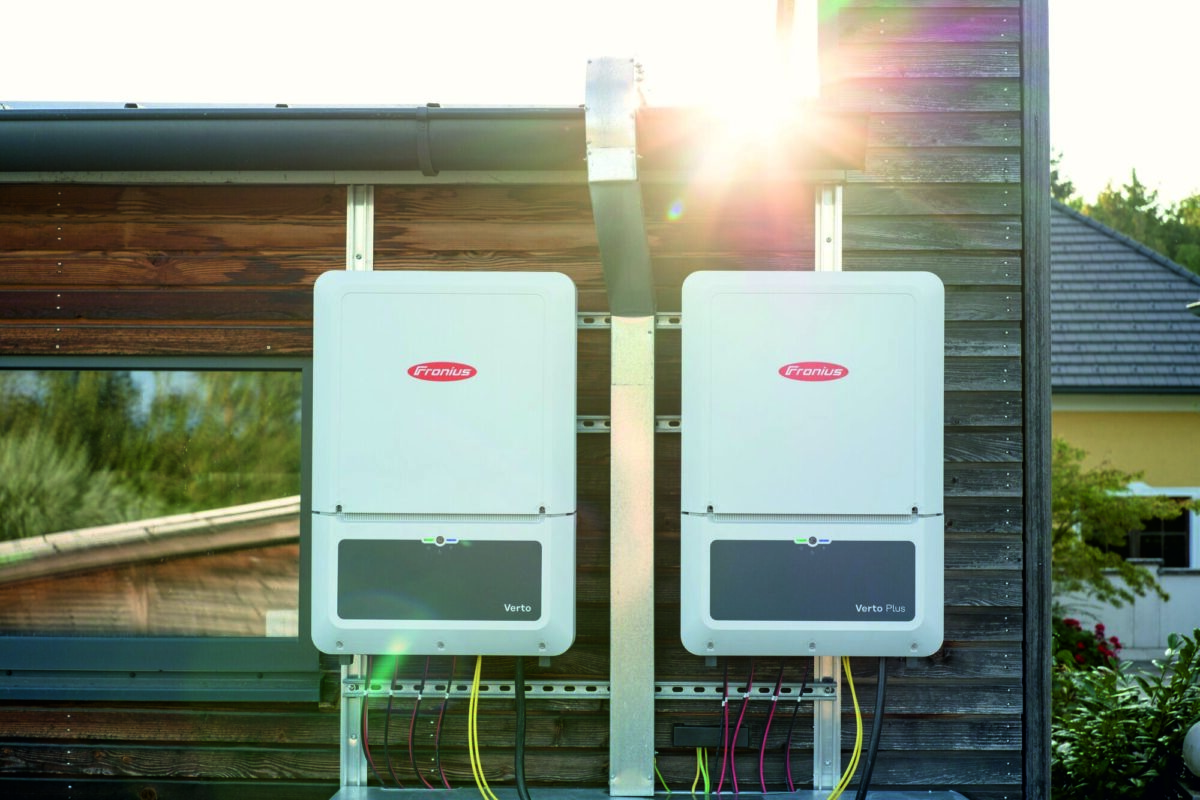A group of Italian researchers has investigated the cost competitiveness of nine different floating PV (FPV) configurations installed on a water basin in Southern Italy, and compared it with that of ground mounted PV (GPV) systems. Their analysis was based on Capex and Opex, as well as on the levelized cost of energy (LCOE).
The scientists emphasized that moving a monofacial PV array from land to water increases the performance by almost 5%. “An additional 2.5% enhancement could be achieved if monofacial modules are replaced with bifacial modules,” they added. “More improvements are possible, as expected, if trackers are mounted.”
By using a tracker configured with a vertical axis in their simulation, the group found that the FPV system may provide a 20% higher yield compared to an FPV system with a fixed structure. It also ascertained that an FPV system relying on two-axis trackers may have a higher yield compared to a fixed and single vertical axis configuration, by 40% and 16%, respectively.
The scientists modeled the energy and economic performance of different FPV designs on a water basin in Sicily, Southern Italy, based on energy parameters sourced from previous literature. The model also takes into consideration potential revenues resulting from the reduced water evaporations thanks to the shading effect of the FPVs. This water may then be used for hydropower generation or in agriculture.
The academics also found that FPVs have a higher Capex than ground-based installations, noting that the floating solar technology is still at the early stage of development and the limited installed capacity of FPV compared to GPV. “In 2020, FPV had the same capacity that GPV achieved in the early 2000s,” they added.
The researchers conducted a sensitivity analysis of the LCOE to account for potential future reductions in the capital cost of FPVs. They concluded that with a 30% reduction in Capex, the bifacial FPV with fixed structures would be the most competitive system at the given location, resulting in a 19.9% reduction in LCOE compared with a fixed monofacial GPV.
The group emphasized that the use of non-evaporated water at FPV system sites can achieve revenues greater than $3/kW if used for irrigation and higher than $4/kW if sold to generate hydroelectricity. “This demonstrates the added value that active cooling and non-evaporated water can bring to the floating system,” they concluded.
Their findings are available in the report “Economic comparison of floating photovoltaic systems with tracking systems and active cooling in a Mediterranean water basin,” published in Energy for Sustainable Development. The group comprises researchers from the University of Catania, Sapienza University of Rome, and the University of Florence.
The researchers stressed that, while the conditions of the site in Sicily chosen for this comparative study could be considered representative of other locations overlooking the Mediterranean, “the quantitative results will have to be adjusted to the site-specific conditions of any new location where the investigation is repeated.”
This content is protected by copyright and may not be reused. If you want to cooperate with us and would like to reuse some of our content, please contact: editors@pv-magazine.com.



2 comments
By submitting this form you agree to pv magazine using your data for the purposes of publishing your comment.
Your personal data will only be disclosed or otherwise transmitted to third parties for the purposes of spam filtering or if this is necessary for technical maintenance of the website. Any other transfer to third parties will not take place unless this is justified on the basis of applicable data protection regulations or if pv magazine is legally obliged to do so.
You may revoke this consent at any time with effect for the future, in which case your personal data will be deleted immediately. Otherwise, your data will be deleted if pv magazine has processed your request or the purpose of data storage is fulfilled.
Further information on data privacy can be found in our Data Protection Policy.